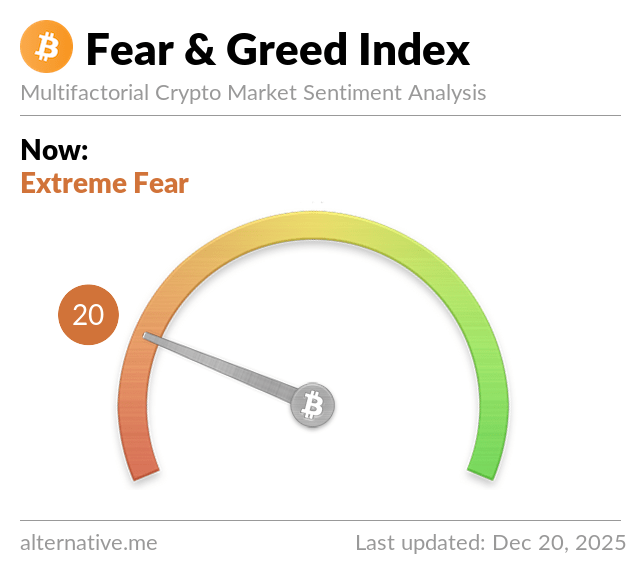The recent controversy surrounding Mantra and its market makers has brought to light concerns about the manipulation of liquidity metrics for the OM token, as discussed on the latest edition of “The Chopping Block” podcast.
Allegations suggest that Mantra collaborated with market makers to artificially boost trading volume by cycling tokens among controlled addresses and exchanges, creating the illusion of heightened market activity. This manipulation led OM to appear as a top-25 asset by market capitalization, despite less than 1% of the token supply being genuinely liquid.
The scheme exploited gaps in data aggregators like CoinGecko and CoinMarketCap, which rely heavily on self-reported data from projects and exchanges. By orchestrating on-exchange activity that mimicked organic trading, but was actually controlled by market makers, the team was able to inflate volume figures without authentic engagement from retail investors.
The consequences of this fraudulent activity became apparent when a large OM holder attempted to sell off their tokens, causing a 90% price decline within just 90 minutes. The incident wiped out billions in market capitalization and exposed the vulnerability of the token’s actual trading depth.
To prevent future incidents like this, industry experts have proposed several solutions. One suggestion is to mandate the disclosure of all market-making agreements as a requirement for listing tokens on major exchanges. Transparent disclosure would reveal whether trading volume support is genuine or primarily driven by incentivized liquidity arrangements.
Another proposed solution is to implement stricter verification processes for token distribution claims. Exchanges and data aggregators could conduct wallet audits and assess wallet ownership concentration to ensure the accuracy of reported circulating supplies.
While these solutions offer promise, challenges remain. Market makers may resist disclosing proprietary arrangements, and exchanges could face increased operational costs. Additionally, without regulatory backing, enforcing these practices may lead to uneven adoption across platforms, creating opportunities for bad actors to exploit arbitrage.
However, there is consensus that coordinated action by major exchanges could help mitigate these issues. Mandating transparency for new listings would incentivize projects to comply with disclosure requirements, potentially reducing practices that erode user trust and market stability.
The collapse of OM and the subsequent revelations have sparked a renewed focus on data reporting standards within the crypto industry. By implementing stricter verification processes and promoting transparency in market-making agreements, the industry can work towards a more secure and trustworthy ecosystem.











